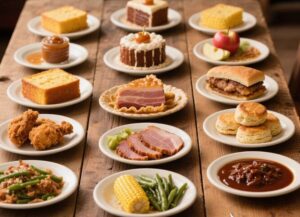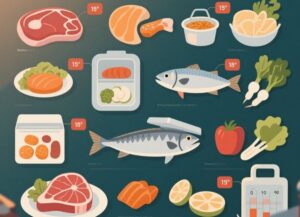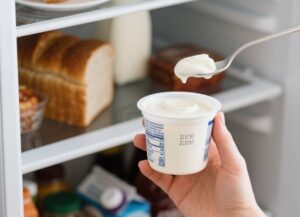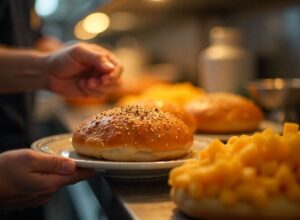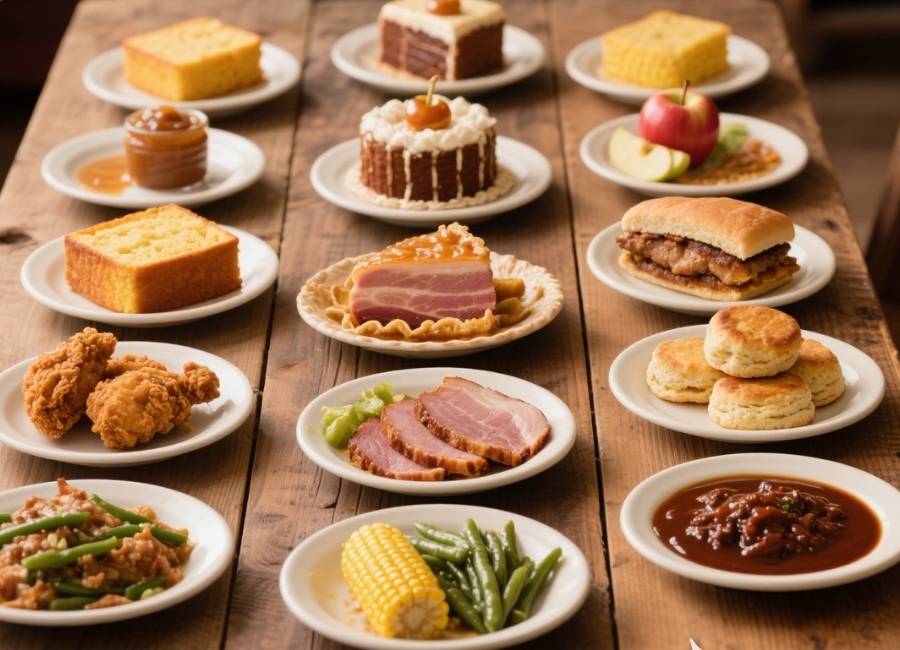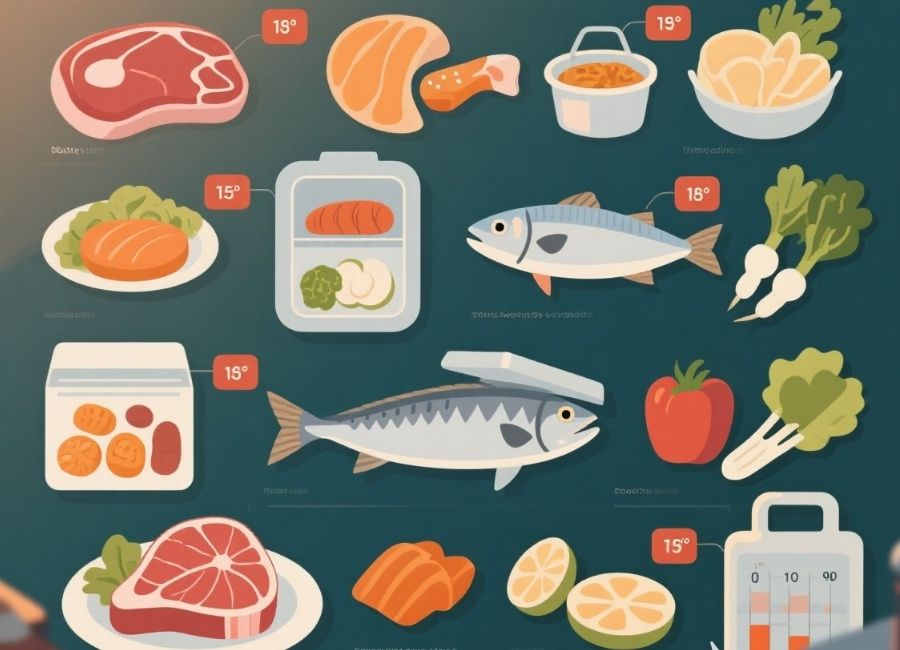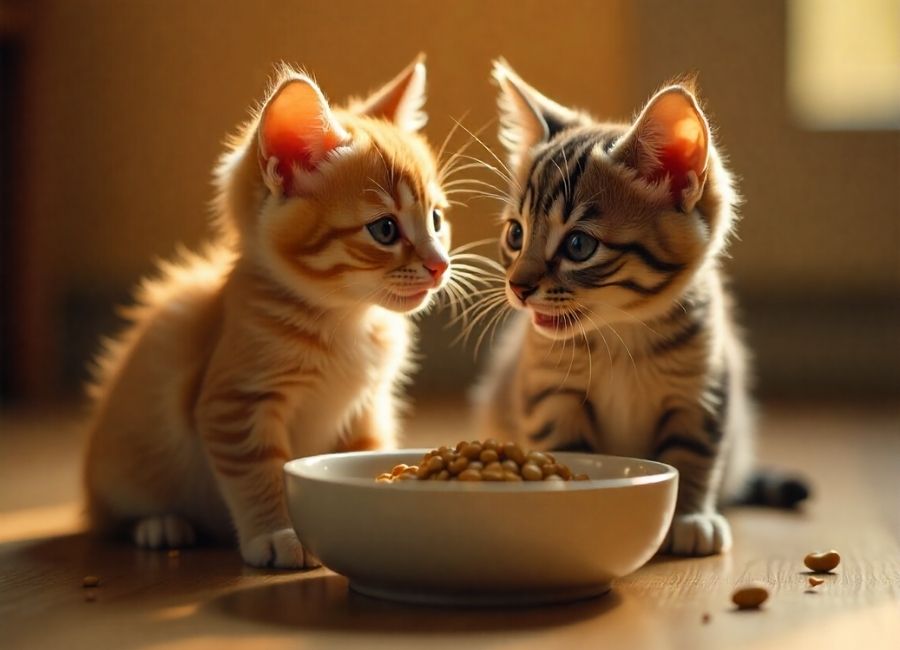Prime rib—the epitome of indulgence. It’s a classic centerpiece for holidays, celebrations, and lavish Sunday dinners. But how much will you pay for this coveted cut of beef? The price of prime rib per pound can vary significantly depending on factors like quality, cut, and where you purchase it. Whether you’re a home cook trying to budget for your next feast or a restaurant owner calculating menu costs, this guide covers you.
By the end of this post, you’ll know precisely how prime rib prices break down and what to consider for a cost-effective and delicious dining experience.
What Affects the Price of Prime Rib?

The price of prime rib isn’t arbitrary—it depends on several factors, many of which can impact the per-pound cost. Here’s what you need to remember when shopping for prime rib.
1. USDA Beef Grades
The U.S. Department of Agriculture (USDA) categorizes beef into three primary grades based on quality and marbling (the fat distribution within the meat):
Prime: The highest quality with abundant marbling. This is the most expensive and often what you’ll pay for at high-end restaurants. Expect to pay $25–$35 per pound for prime-grade rib.
Choice: This is good-quality beef with moderate marbling. It is flavorful but not as tender as prime rib. Choice-grade rib costs approximately $13–$22 per pound.
Select: This is a lean meat with less marbling and lower tenderness. It is generally not recommended for prime rib, but it is priced around $9–$12 per pound.
2. Bone-In vs. Boneless

Prime rib can be sold bone-in or boneless, and the difference in price is due to preparation and yield.
Bone-In: This traditional cut includes the rib bone and offers exceptional flavor. Depending on the grade, it typically costs around $14–$30 per pound.
Boneless: This is easier to carve but slightly pricier, at $18–$40 per pound, due to more labor-intensive preparation.
3. Weight and Cut
A whole prime rib (7 ribs) weighs about 16–18 pounds and can feed a large party, while more minor cuts (like 2–3 ribs) are better suited for smaller gatherings. The price may vary slightly depending on weight—bulk purchases can sometimes come with discounts.
4. Where You Buy It
Prime rib prices can fluctuate widely depending on your source.
Butcher Shop: High-quality and often local—$20–$40 per pound.
Supermarkets: Convenient and cheaper—$10–$25 per pound, depending on grade and location.
Online Retailers: Specialty meat suppliers often ship frozen or fresh cuts, costing $20–$50 per pound. Shipping fees may apply for expedited delivery.
Warehouse Clubs (e.g., Costco): Bulk pricing is available—$10–$18 per pound, often choice grade.
5. Seasonality
The time of year also plays a significant role in pricing. Prime rib is especially popular during the holiday season (Thanksgiving through New Year’s), which can cause prices to spike by 20–30%. Shopping in the off-season is a good way to find more competitive rates.
Understanding Hidden Costs
The listed price per pound isn’t always the final expense. Here are a few additional costs to consider when budgeting for prime rib.
Trimming and Waste
Bone-in prime rib will lose several ounces to bones, fat, and trimming. Consider a butcher who can expertly trim excess fat for maximum yield while keeping enough to enhance flavor.
Cooking Loss
Remember, as juices evaporate, meat loses 15–25% of its weight during cooking. If you’re serving a crowd, plan for this loss when deciding how many pounds to buy.
How to Save When Buying Prime Rib
A premium prime rib roast doesn’t have to break the bank. Here are practical ways to save money without sacrificing quality.
1. Choose Choice Over Prime
When cooked properly, choice-grade ribs can still deliver excellent flavor and tenderness. Use seasoning and marinade techniques to enhance every bite.
2. Buy in Bulk
If you’re fed a crowd or love leftovers, buying a prime rib can often save you several dollars per pound. Don’t be afraid to ask your butcher about bulk discounts.
3. Shop Seasonal Sales
Many stores offer discounted prices on prime rib immediately after major holidays. Stock up and freeze for later use!
4. Try Alternative Cuts
Consider cuts like ribeye roast or rib roast cap for a similar flavor profile. These may be significantly cheaper per pound but still deliver the signature taste of prime rib.
5. Check Warehouse Clubs
Stores like Costco and Sam’s Club often offer competitive pricing on high-quality ribs that rival local butchers.
Preparing Prime Rib Like a Pro
Once you’ve found your perfect prime rib, proper preparation is key to getting the most value out of your purchase.
Season Early: Dry rubs or bringing the meat at least 24 hours before cooking can enhance flavor.
Low and Slow Cooking: Controlled, low-temperature cooking helps to maintain tenderness while melting fat.
Rest Before Carving: Once cooked, allow the prime rib to rest for 20–30 minutes to retain its natural juices.
Serve With Flair: Pair with classic sides like garlic mashed potatoes, roasted asparagus, and au jus for an unforgettable meal.
Premium Prime Rib for Every Occasion
Whether preparing dinner for a family gathering or crafting a luxurious menu for your restaurant, understanding the cost factors of prime rib helps you make smarter decisions.
By shopping strategically and following our preparation tips, you can enjoy the unmatched flavor of prime rib without exceeding your budget.
If you’re ready to experience the finest prime rib at home, try heading to your local butcher or exploring specialty online stores. Need more cooking tips? Bookmark this guide and become a prime rib expert in no time!
